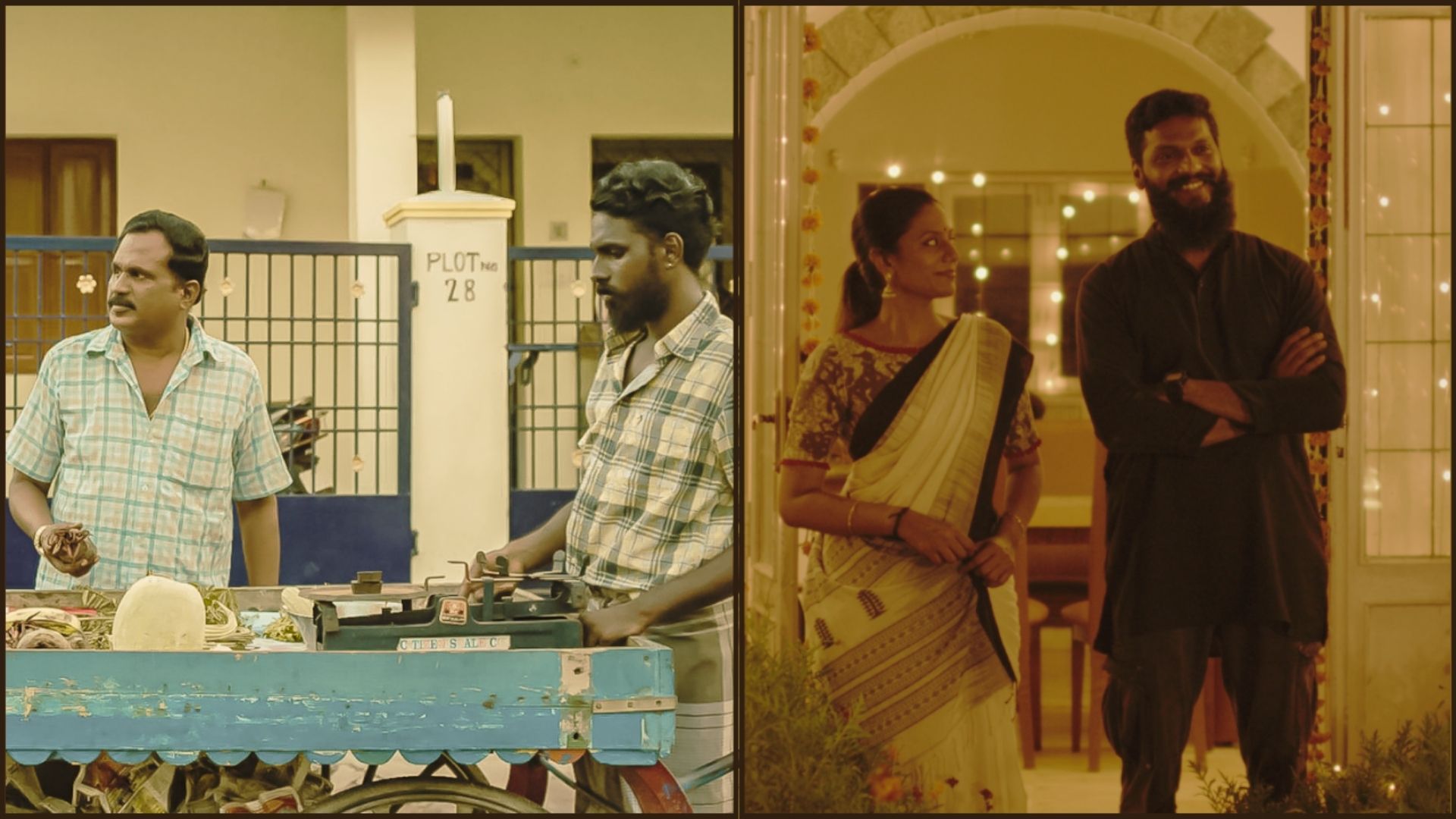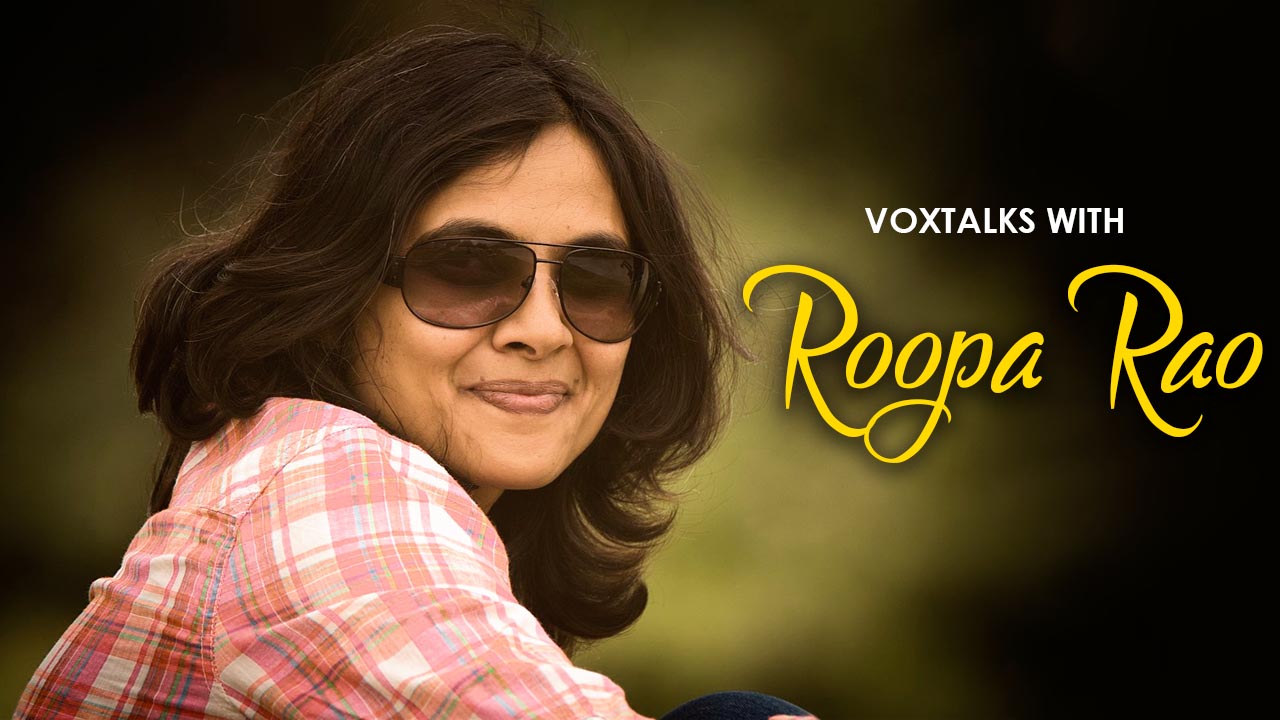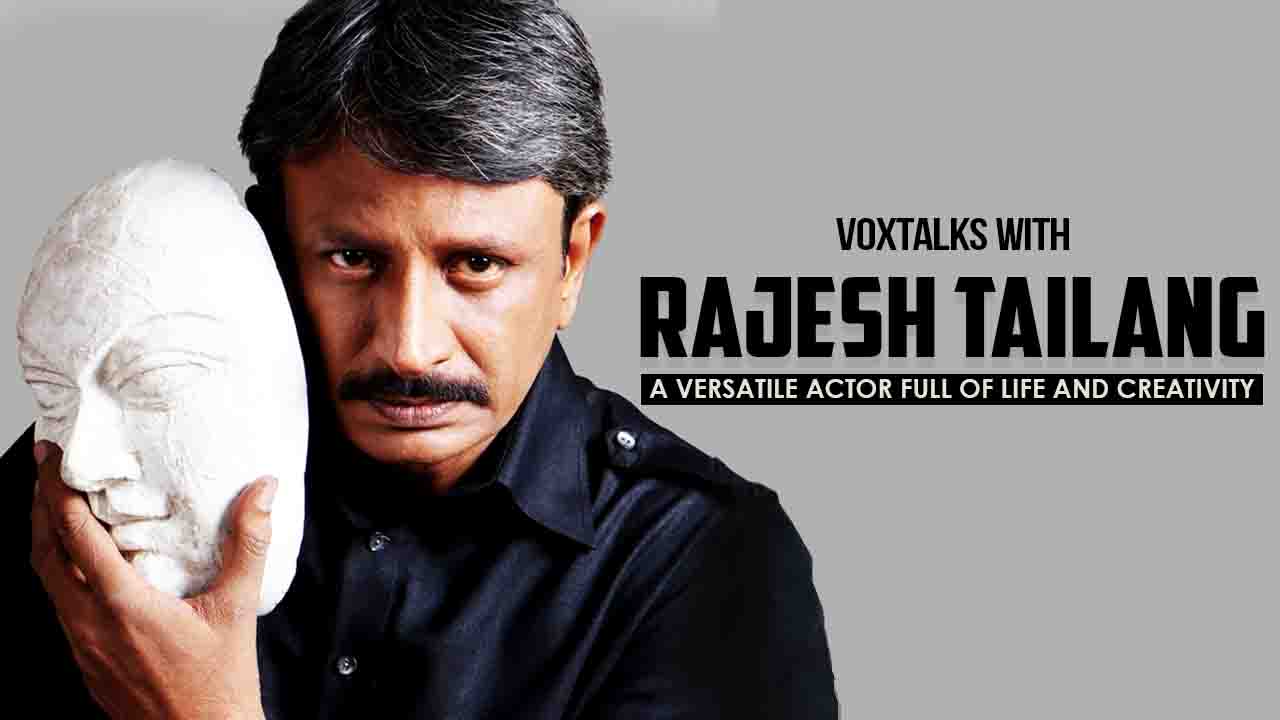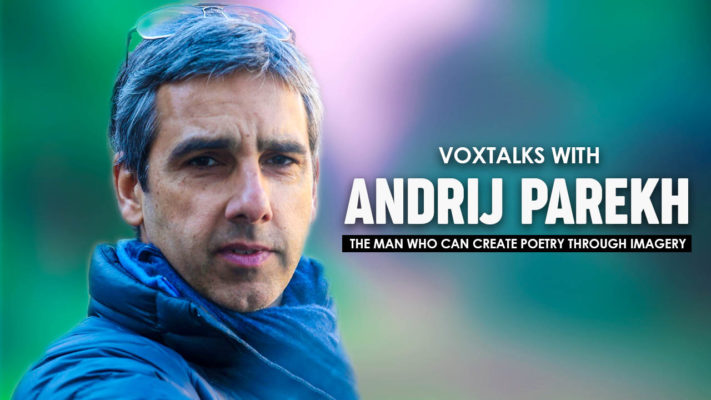
They say children are the future of the nation. But why are we stuck upon how much they know rather how well they are doing? Schools and parents are always obsessed with what grades their children get, but never really delve into the emotional and social well-being of their kid. In our research, we came across a non-profit organization called Learning Curve Foundation.
The NGO founded by Subbu Parameswaran and Gayatri Natarajan, aims to change the way we view education and the process of educating our kids by inculcating values of socio-emotional learning into the syllabus. We had a chat with Mr. Parameswaran and the following are some of the excerpts from that conversation:
We see what you guys do as a very innovative and brave thing to do. Could you please explain to our readers how this organization came to be and what motivated you to start this organization?
So, let me begin by explaining my background and where I come from. I worked in the corporate and consulting sector for over 18 years or so, and throughout that tenure, I managed multiple teams in several leadership jobs. My last assignment was somewhere in 2012 with Dr. Reddys, as the head of program management for the R&D department. Around that time, I basically quit. It was partly because I was inspired by my wife who was running a pre-primary school at the time which mainly served children from underprivileged communities. She is a teacher by profession and she believes in the idea of education as a great tool of progress and especially early childhood education. So, I wanted to do something related to education, but I didn’t know what that would be. We spent around two years trying to find that seed of an idea and what could we do to actually affect change in a positive way.
The idea actually struck us because of the experience we had at a volunteering center. We were spending some time in a girls’ shelter home, here in Hyderabad. There were around forty girls there, most of them orphans or abandoned. We could see that these girls needed a lot of help learning a lot of basic educational concepts. So, we took that up and started teaching them. But, after three months we realized that nothing was actually happening and there was no progress that we could track effectively. In fact, we did not even feel like they trusted us.
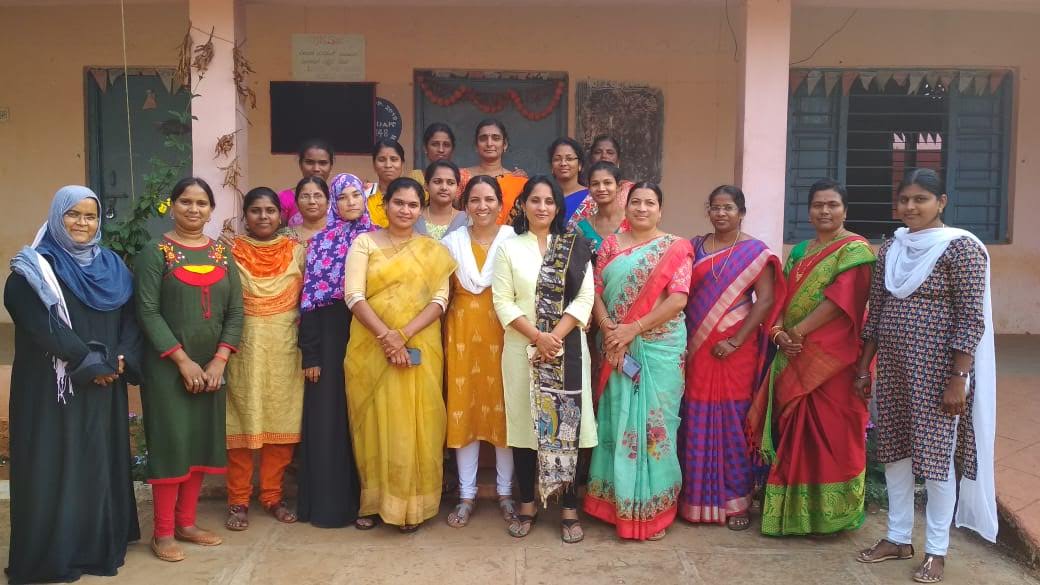
We then started to wonder why that is and what the stories behind these girls were. We can only help them when we actually understand their individual stories. We realized in the process that these girls have been through a lot in their life like abuse, pain, abandonment, etc. They felt ignored by society, hence they could not relate to the world around them. They had no sense of self-esteem or identity for themselves, which leads them to feel isolated and scared of the world outside. That’s when we realized that this should also be a part of education. How much of education can just be physics or maths? Learning to deal with the outside world should be part of education.
We started to do a lot of research on the topic of emotional well-being and learning. That’s when we started taking a more mentoring sort of approach. We would spend half a day on Sunday for close to a year very consistently. In about six months or so we could see actual change happening. They were able to trust us, they were able to trust each other, they could communicate better, and most importantly gained self-respect that they severely lacked previously. Interestingly, their grades started to improve, we had not even touched that part of their curriculum. That is when the idea actually came to be. We saw that it’s not the stress on education that helps these kids, but they need a balance between emotional learning and their regular syllabus. That was the spark that led us to start Learning Curve Foundation.
The phrase ‘Socio-Emotional Learning’ sounds very intriguing. Could you explain the concept behind that? Could you also elaborate a little on the mission of the organization?
From a concept standpoint, I use this analogy very often. What does a plant need to grow? It needs air, water, soil, sunlight. When a plant gets too much or too little of any of the above, the plant can’t grow properly. Similarly, for a child, you need a combination of physical, intellectual, social, and emotional development. All of these need to be in some proportion imparted to create some kind of a balance in the child’s development. Now coming to Socio-Emotional Development, it is more of a process than a curriculum or book that is applicable to both adults and children.
The idea is for them to learn, model, and practice a set of competencies that allow them to be emotionally balanced, be able to build healthy relationships, to be able to adapt, to be able to handle conflicts, to be able to make responsible decisions through informed choices in life. It is separated into five different brackets of competencies, those are self-awareness, self-management, social awareness, healthy relationships, and responsible decision making. Under each of these, there are multiple building blocks that come in different stages in life.
Recent evidence has shown that socio-emotional learning is almost fundamental to the learning process itself. There is this book I read recently called ‘Emotions, Learning and the Brain’, in which the author says, “We feel, therefore we learn”. Only if I am emotionally connected to something, will I want to think about it or learn more about it? The reason a lot of people have a problem with mathematics for example is maybe that they don’t emotionally connect with it. It is more than just something like life skills. It is the way you look at the world and navigate through it. It is a relatively new way of looking at education, but we believe it to be the most effective.

Could you talk about the team behind this whole operation and the day to day activities the organization does to improve the lives of these children?
The way that our program works is that we take a capacity-building kind of approach, where we work with all the stakeholders that influence the child. In the school, its generally the teachers, and at home it’s the parents. Instead of working just with the child, we chose to work with all the stakeholders around them, so that they could then enable the child. The reason we chose this approach is to create an environment around the child in a way that the progress would not be hindered even if we are not there. If we enable the school, teachers, and parents, they are always around the child. And to each of them, we have specific inputs that we provide that help them internalize the idea behind the process.
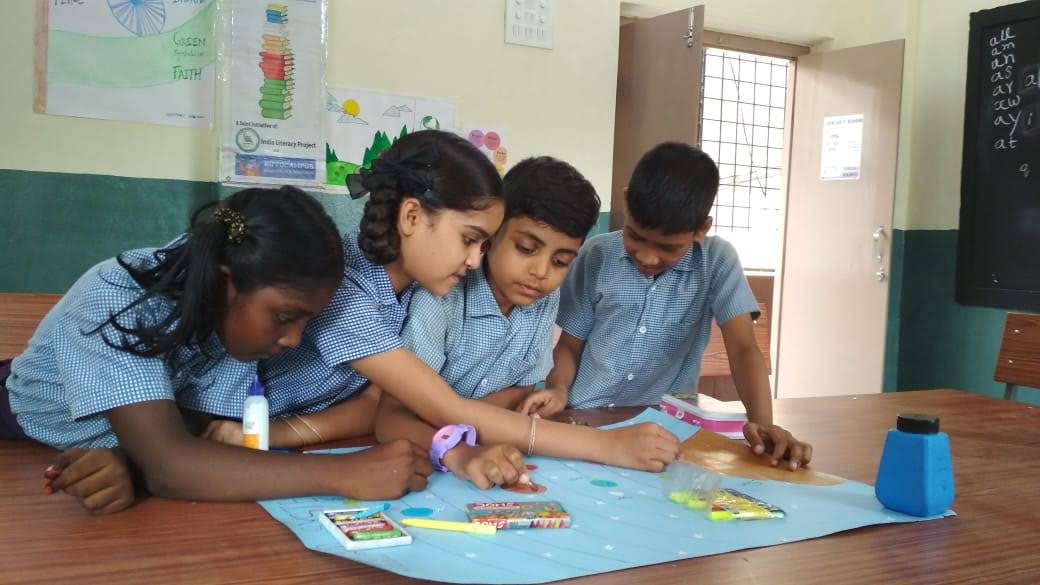
To help them do that, we have created a grade-specific curriculum for grades 3-10. For example, we take self-awareness and break it down for every age group and create a curriculum around that. We then provide that curriculum in the form of a tool kit to teachers and teachers who use that curriculum in the classroom. We then use a support model, which consists of field staff that can help the teachers themselves to carry out the curriculum. This helps the teacher go through development as they learn to teach the child. We also provide a tool kit to help the school improve its environment, to make it more inclusive and empathetic. We want to basically create a healthy bridge between the child and their environment.
We also do similar programs for parents. A lot of the times they don’t know there is such a thing. They are mostly concerned about their child’s grades. So, we give them a behavioral progress card using the data that we collect from the teachers and the students themselves. So, its program that works throughout the year, but usually we partner with a school for around three years. Our idea is to build the capacity of the school to the point they become independent. Over the three years, the school will be able to inculcate these things into their curriculum and over time our role will change. Once we see that they are self-sufficient, our role becomes more passive and they can continue the program.
What are some unique challenges that you might have faced because of the unique social structure of our country?
There are two types of challenges. Coming from the domain itself, our model is very specific to regions and cultures. For example, the definition of resilience is vastly different for a child in a country like India and a child in America. And even in India, there is a vast difference between an urban child and a child that comes from a low-income community. So, that becomes a challenge in the sense that we need to create a kind of universality for these terms because we can’t come up with that many curriculums. It took us three years to even come up with something we were happy with and thought could work with the majority of India, speaking in a socio-cultural context. That was our biggest challenge and it needs a lot of research and development work. Since then we have been working on it making the curriculum stronger and more applicable day by day.

The second challenge was to convey how important or necessary this actually was. Everyone agrees with it conceptually, but the moment that you ask them to give us time in the time-table for this they get apprehensive. They would offer us extra classes or on Saturday. They would put us in the extra-curricular category and we were absolutely against that idea. We believe that this is an essential part of the child’s education. That is one of our non-negotiables, we demanded two periods a week and we would not work with schools that could not offer that. That is the implementational challenge that we had to overcome.

Are there any personal anecdotes about the organization that you would like to share with us?
There are so many, but there is one that immediately comes to mind. There was this boy, I think he was in grade five. In one of the workshops this teacher who was complaining about him that he was one of the laziest boys of her class, lacked focus, was unhygienic, etc. She had a lot of issues with the boy. And interestingly we were doing a workshop about empathy. We wanted to get to the bottom of it, so we were asking if she thought he was deliberately behaving this way. We then asked her to, once in a while sit with and non-judgmentally ask him general questions like where he comes from, about his family, etc. Just ask questions and see what happens. She did that.
The next time that our staff went there, she comes up to us and she seems very excited to tell us something. She had apparently spoken to the kid and found that his father runs some kind of puncture shop. And after school, he goes there to help his father out with chores. He then goes back home at midnight to have dinner, wakes up early in the morning, helps his mother, and then come to school. This made her feel very guilty about her own judgment and it totally changed her approach towards all the children. She is now one of the best teachers of that school by becoming more empathetic and proactive in her approach towards the children. What struck me was that it was such a simple thing to ask a question and the kid generally opens up. That is something that always brings a smile to my face and there are multiple stories like that.
Could you tell our readers how they could possibly help or contribute if they wanted to?
Because of the whole pandemic that we are going through, the schools have been shut down. The kids not only can’t go to school, but they have almost no social interaction. They are completely isolated right now and most of the children we work with don’t have access to gadgets and such. So, over the last few months, we have been doing a lot of support work regarding emotional well-being. At some point the physical immunity will come back, but if they are emotionally deprived, how will they cope once the schools open back up? So, we started a program called Connect at Home, which completely concentrates on emotional well-being.
We have been making physical tool-kits and distributing them for these children around topics like resilience, growth kits, etc. Worksheets and other things that they can do by themselves or with their parents in both English and Telugu. We then follow them up using IVRS systems. We can’t use a lot of online methods because these kids don’t have online access. To do that we are running a crowd-funding campaign. We would love for your readers to check out our work and see if they would be interested in donating through there. The other ways they can help us to maybe get us in touch with people or volunteer for us to make these children’s lives a little bit better.
That was a very enlightening conversation with Subbu Parameswaran.
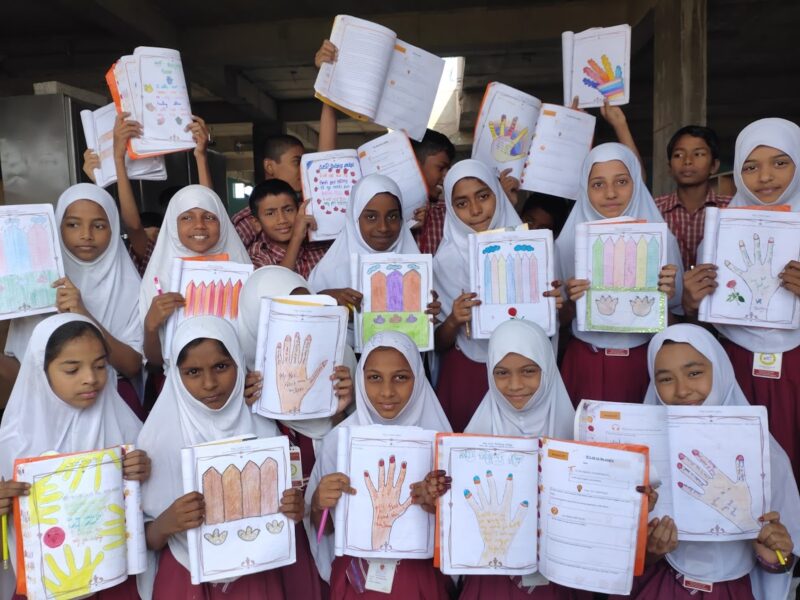
Do check out their work and do contribute if possible, at https://rzp.io/l/support-learning-curve.
To learn more, check out their website.
